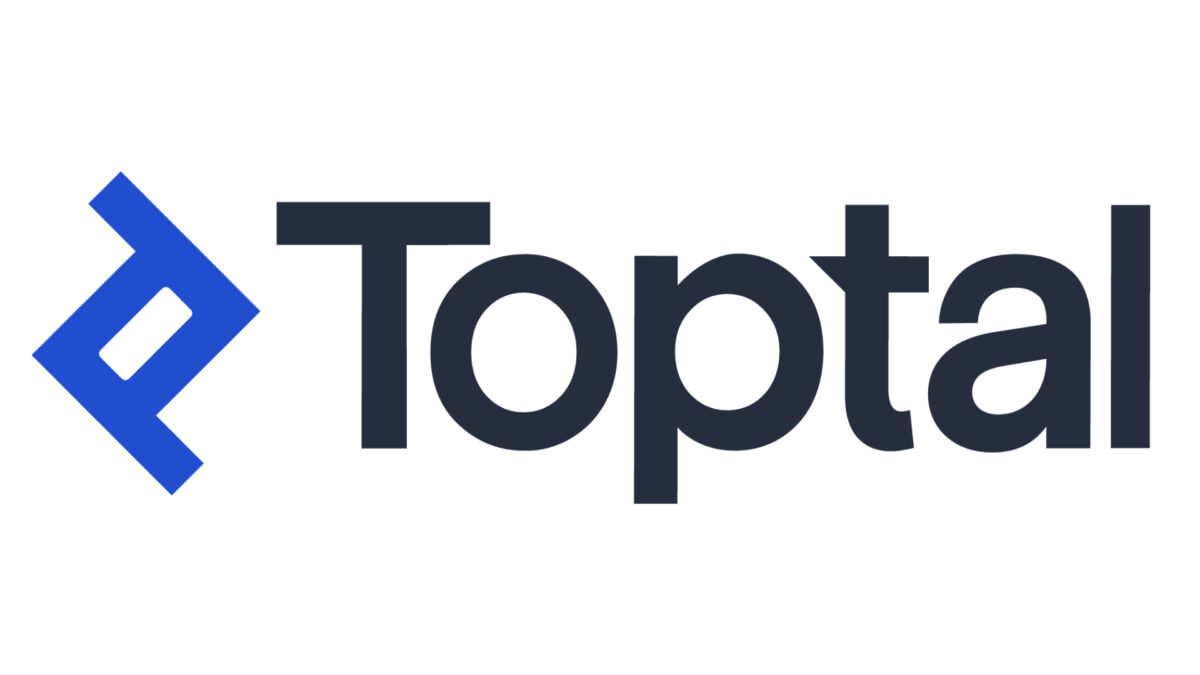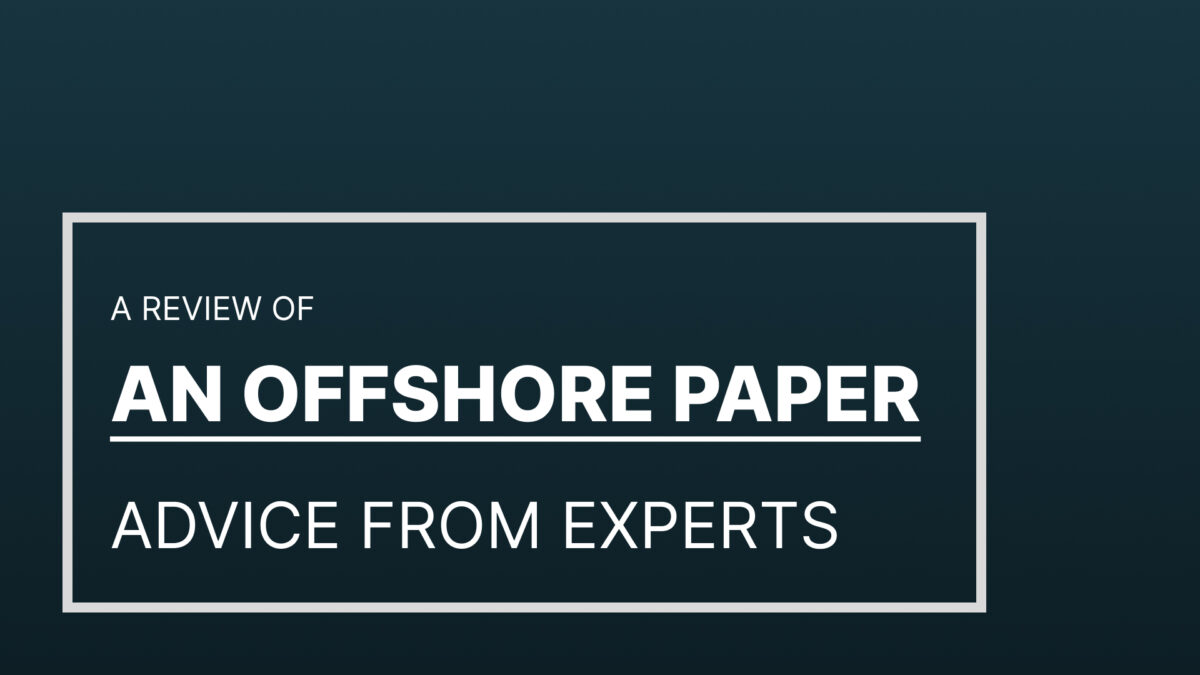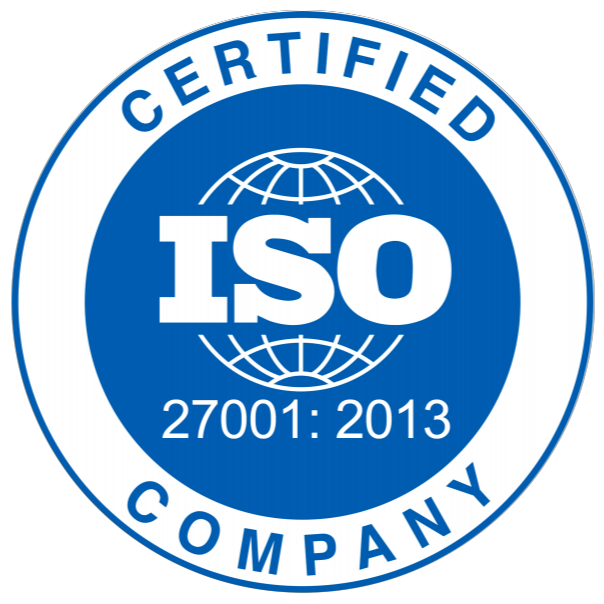Software Technologies We Admire: OK Google
This is another in our series of posts on software technologies we admire. Check out our previous post about Markable. This one is kind of cheating. We are picking Google. I know that does not sound very interesting because Google can do everything. That is true. But on a repeated basis I am blown away by their voice recognition and results capabilities.Have you tried the “OK, Google” feature on your Android phone? It feels like magic. But of course it is derived from billions of searches over the years.
Here is an example:
On your Android phone (sorry iPhone lovers), say “OK, Google”. Then ask any question you like. If you say, “What is the phone number for Home Depot in Madison”, the Google lady will tell you “The phone number for Home depot is…”. The phone number will also be displayed on your phone and all you have to do is click on it to make the call.
I have also started using the voice recognition for sending text messages. It is quite accurate and fast.
Even more amazing is if you say, “OK, Google, play Dinner Party Playlist on Spotify.” Boom. It opens up the playlist on your phone (assuming you have an awesome playlist called “Dinner Party” in Spotify).
I know Google has had their voice recognition for a long time. But just in the past few months it seems to have become more magical. I like it when technology is magical.
Do they have an API? Yes. https://developers.google.com/voice-actions/interaction/?hl=en They call it Voice Interaction API. I like OK Google better.
Having extremely accurate voice recognition could change a lot of things. Here are some ideas how it could be used.
- Order food from your favorite restaurant. “OK, google, Pizzeria Uno, I want to order two Chicago Classics”. Done. It would have your payment information and address, if you want delivery.
- Texting: Imagine going back and forth over text just by talking. It is not quite there but it is close. Could this be the killer app? With texting, it should automatically reply whenever you just say something. You should not have to hit the button every time.
- Video and podcasts could all become searchable. I am guessing Google has thought about this.
- Captions on video: All videos could have captions.
- Google should come out with their own version of Amazon’s Echo. I’d like to stand in my kitchen and say, OK Google, please schedule a meeting for November 19th at 2:30pm with Dan Smith. That would be amazing.
- Voice commands: You could use voice commands to control everything. OK Google could be the interface to make this happen.
- Customer Service: If OK Google got good enough this would revolutionize customer service. It would change everything. There would be a ton of custom software intelligence for specific verticals and then companies. But if a company could use Google’s API for a specific use case, that would be awesome.
- Visual Development Tool: How could these verbal commands and responses be taken even more mainstream? What if you had a visual tool that would match verbal words like “Pepperoni Pizza” with objects in a database. Then a technician could easily match up the verbal word Pepperoni with the ingredient Pepperoni in the ingredients table.
- Complex Interactions: For more complex interactions, like a dialogue, a decision tree could be used to go back and forth. For example, if someone calls to ask about getting a toilet fixed, the decision tree could ask help guide the software agent asking questions to help diagnose the issue over the phone. That would be cool. And the toilet example sounds super exciting
What other ideas do you have?
















